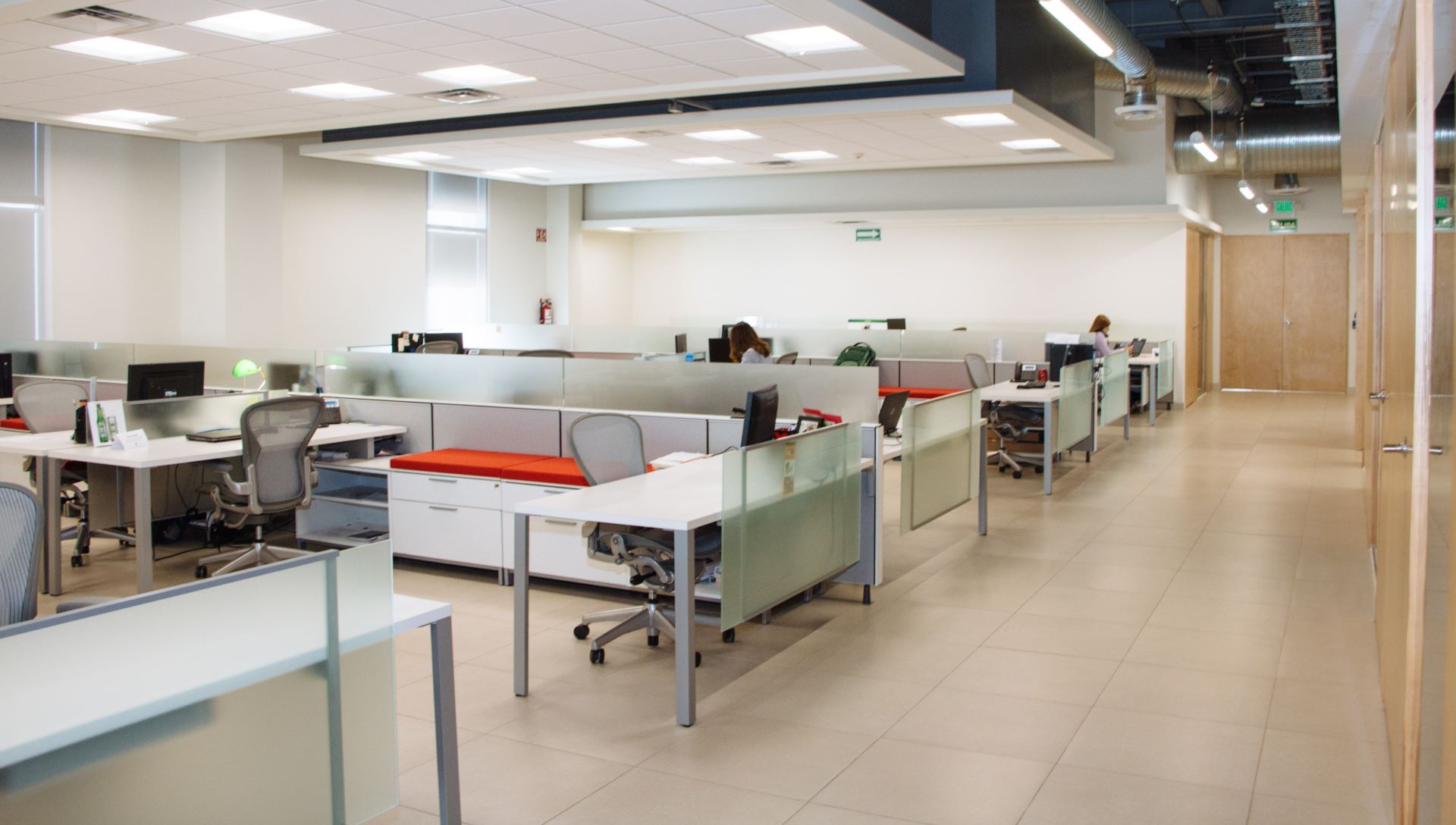
Smile, you’re on workplace cameras.
In a corporate variation of the long-running hidden-camera TV series “Candid Camera,” employers are using more surveillance technology than ever — digital cameras, motion scanners, RFID badges, Apple Watch badges, Bluetooth beacons, keystroke logging, you name it — to track every single movement of workers in the office and to gauge their productivity. But the TV show played for laughs, and employees find nothing funny about “1984”-like work conditions.
Surveillance of employees are the rule rather than the exception. About 70% to 80% of large U.S. employers use some form of employee monitoring, according to various surveys. And a recent 25-page case study report from Cracked Labs showed how systems of wireless networking, motion sensors and Bluetooth beacons provide “behavioral monitoring and profiling” within office spaces.
Things are likely to get even spicier. Amid job cuts, the pressure to occupy millions of square feet of unused corporate office space, and the rise of artificial intelligence (AI) agents, the pressure point is only expected to gain more friction.
The trend has been further driven by the false premise that remote workers are less productive, a major factor behind the efforts of Elon Musk, the Department of Government Efficiency, and the Office of Personnel Management to roll back remote work for federal employees.
“I recommend being in the office at least every weekday,” Google co-founder Sergey Brin wrote in a memo posted internally late Wednesday that was viewed by the New York Times. Brin insists the company can lead the AGI race if employees worked harder, defining “60 hours a week is the sweet spot of productivity.”
Since January, return-to-office edicts have come from Amazon.com Inc., JP Morgan Chase and advertising agency WPP. PwC has explicitly told workers that managers will be tracking their location to enforce a three-day office week policy. President Donald Trump’s mandate in late January to federal agencies to “terminate remote work arrangements and require employees to return to work in-person … on a full-time basis” has served as a template in the post-Covid world.
Employees are just as set in their convictions. Half of 750 tech workers surveyed by Morning Consult in 2022 said they would rather quit than have their employer monitor them. Meanwhile, 61% of American workers oppose tracking of their movements at work, according to a Pew Research study in 2023.
Still, the Electronic Communications Privacy Act allows monitoring of employees for legitimate business reasons and with the worker’s consent.
There are no shortage of tech tools to keep track of workers toiling on tech products. Monitoring employees can be up close and personal — from technology that tracks desk presence and room occupancy — to indoor movement and behavior of the people working inside a building.
Solutions abound. Spacewell makes motion sensors that can be placed under desks, in ceilings and at doorways. Heat sensors and low-resolution visual sensors show which desks and rooms are being used. Locatee uses existing badge and device data via Wi-Fi and LAN to monitor time spent by workers at desks and on specific floors.
On a wider scale, Logitech Inc. recently demonstrated its millimeter-wave radar spot sensors designed to show employers whether rooms are being used and which rooms are in the most use.
Cisco Systems Inc.’s Spaces cloud platform has produced 24.7 trillion location data points after digitizing 11 billion square feet of enterprise locations. The system, which incorporates video footage from Cisco security cameras and WebEx video conferencing hardware, is used by more than 8,800 businesses worldwide including WeWork, InterContinental Hotels Group, and NHS Foundation to spot anomalies in occupancy patterns.
Juniper Networks Inc.’s Mist is an indoor tracking system that uses Wi-Fi networks and Bluetooth beacons to locate people, connected devices and Bluetooth tagged badges on a real-time map, with the option of up to 13 months of historical data on worker behavior.
To put it bluntly, office workers have plenty of company in the form of gadgets and surveillance tools to monitor them before robots and agentic AI become their virtual co-workers.
But in collecting so much information on workers, companies increasingly face security risks. The average cost of a data breach reached $4.88 million last year, and the liability is essentially unlimited. They point to the “Mother of All Breaches” a year ago when more than 26 billion records from LinkedIn, X, Adobe Inc., Tencent and others were exposed.
“Surveillance tech that tracks keystrokes, mouse movements, and locations to enforce RTO isn’t just invasive — it’s an absolute goldmine for hackers,” Joshua Burgin, chief product officer of Upwind, said in an email. “Storing this extremely sensitive data centrally creates a massive security risk. If attackers breach RTO-tracking surveillance systems for large companies, they don’t just get credentials; they obtain behavioral blueprints for every employee, useful for extortion, impersonation, and deeper attacks. The more companies collect, the bigger the bullseye they paint on themselves.”
